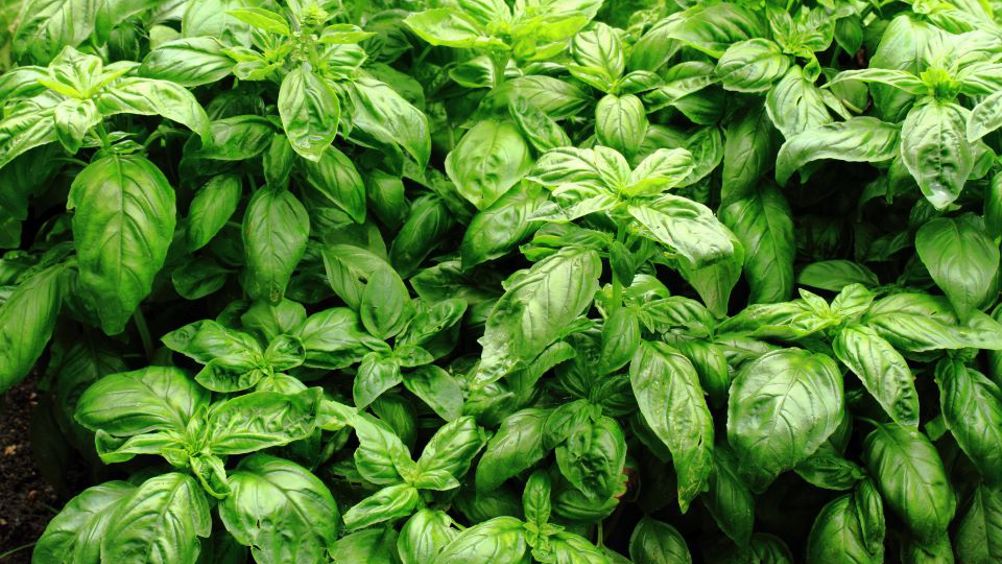Molecular additive shows promise for improved crop yields
Molecular technology developed to increase the efficiency of solar panels looks likely to find its first commercial applications in agriculture.

Developed by Cambridge-based Lambda agri, the molecular additive can be embedded into the plastics that make polytunnels to convert incoming UV light into red light. The patent pending molecule can also be spray painted onto greenhouses or incorporated into polytunnel films for new-builds.
This light conversion is called luminescent downshifting, which enhances photosynthesis and has the potential to boost crop yields.
Indeed, tests by Lambda have shown that increased crop yield and leaf size can be achieved when grown under these conditions.
“We've had [a] 9.3 per cent increase in crop yield, which was relatively statistically significant only in that within that data set we have a 10 per cent increase in broadness of basil leaf,” said Lambda CEO Dr Monica Saavedra, EngD.
The tests carried out at Cranfield University also saw a five per cent increase in strawberry sweetness, which has caught the attention of growers.
In 2023 the company won the Royal Society of Chemistry’s Emerging Technologies Competition in the Energy category, and Dr Saavedra is currently looking to raise £550,000.
Register now to continue reading
Thanks for visiting The Engineer. You’ve now reached your monthly limit of news stories. Register for free to unlock unlimited access to all of our news coverage, as well as premium content including opinion, in-depth features and special reports.
Benefits of registering
-
In-depth insights and coverage of key emerging trends
-
Unrestricted access to special reports throughout the year
-
Daily technology news delivered straight to your inbox










CCC Report Finds UK Climate Targets Still Within Reach
In 1990 67% of the UK´s electricity came from coal-fired power stations and even without renewables the transition to gas was a major contributor to...